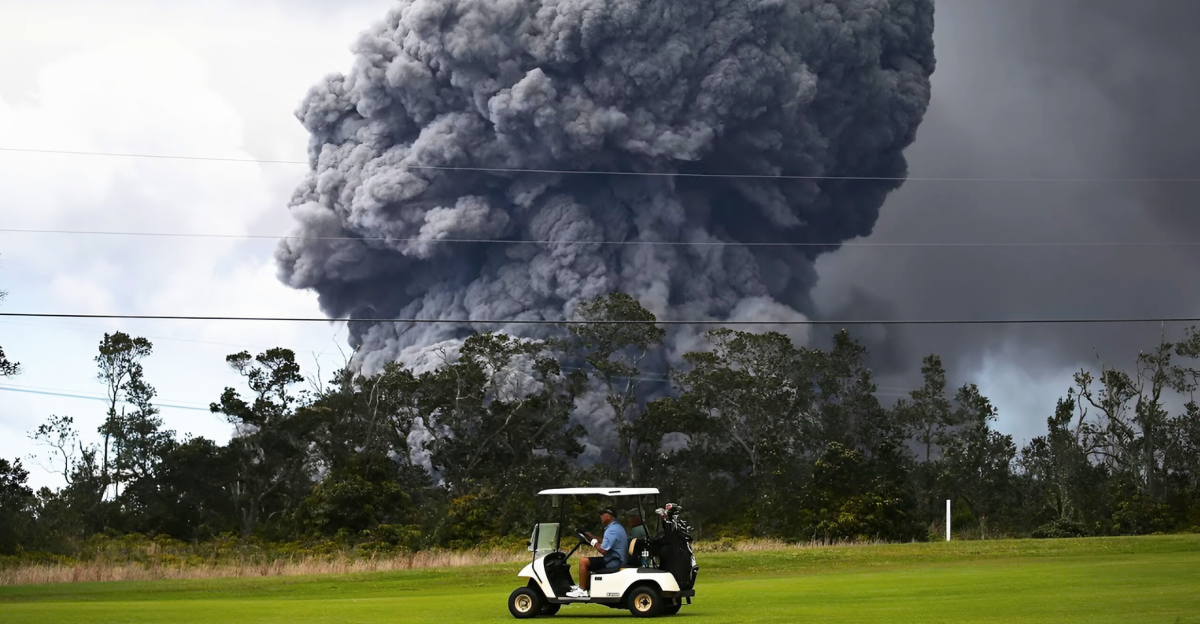
Alaska’s remote Double Glacier Volcano has begun to rumble, registering 66 earthquakes in just one week—an unmistakable sign of heightened volcanic unrest. Situated 99 miles west of Anchorage, this little-known peak has long stood in the shadow of Mount Spurr and Redoubt.
Now, scientists are detecting worrying seismic patterns often seen before eruptions. The rapid increase in quake frequency, combined with their shallow depth, has triggered automated warnings and prompted intensified monitoring.
With magma likely pushing upward beneath this ancient formation, researchers are racing to determine whether Double Glacier’s long silence is ending—and if a new volcanic threat is awakening.
Double Glacier Volcano—A Long-Silent Force of Nature
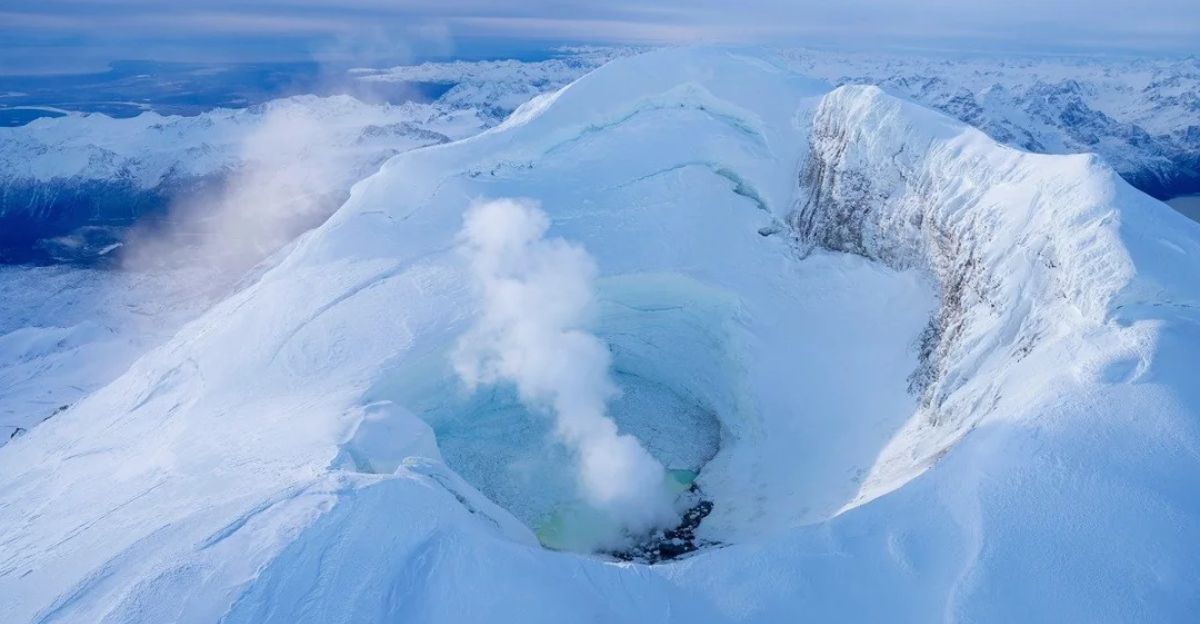
Double Glacier is a small volcanic dome made of andesite and dacite, located within Alaska’s Cook Inlet volcanic arc. Though modest in size—just 2 to 4.8 cubic kilometers in volume—it plays a key role in a chain that includes the volatile Mount Spurr and Redoubt. The exposed volcanic rock, shaped as a 2.3-kilometer-long nunatak, lies encased within its namesake glacier.
While the last known eruption happened 600,000 to 900,000 years ago, recent seismic behavior has scientists reevaluating its dormancy. This case underscores a vital reality: volcanoes long thought inactive can reawaken quickly, reshaping assumptions and triggering urgent reassessment of geologic risk.
Double Glacier’s Ice Cap: A Volatile Wildcard
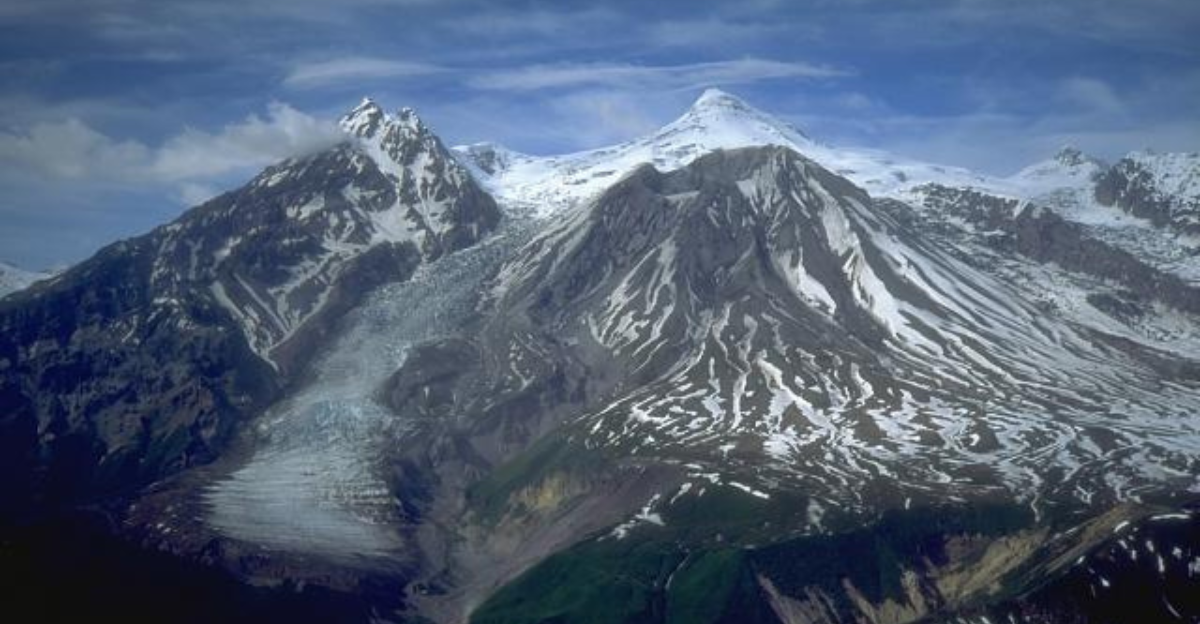
What makes Double Glacier especially dangerous is the thick ice covering its summit. When rising magma meets ice, it can trigger sudden phreatomagmatic eruptions—explosive events driven by steam, not lava. The violent interaction between water and molten rock can blast ash high into the stratosphere, cause rapid flooding, and create fast-moving lahars that devastate everything downstream.
Mount Spurr’s 1992 eruption involved a similar dynamic, unleashing an ash cloud that grounded planes for hours. At Double Glacier, this volatile combination is lurking just beneath the surface. If magma breaches the glacier, it could unleash chaos with little to no warning
Earthquake Swarm Hints at Magma on the Move

In a single week, Double Glacier’s quake count surged from an average of three to 66. But experts are more alarmed by how the earthquakes are evolving. Many now occur between 6.4 and 15 kilometers deep, creeping upward—an indication of rising magma. Their magnitude ranges from 0.1 to 2.0, small but significant.
This clustering near the volcano’s conduit mimics seismic patterns recorded before Mount Spurr’s powerful 1992 eruption. These signs suggest magma may be forcing its way through the crust. The changing depth and intensity have set off seismic models predicting an increasing likelihood of eruptive activity in the near term.
The Warning Signs Volcanologists Watch Closely
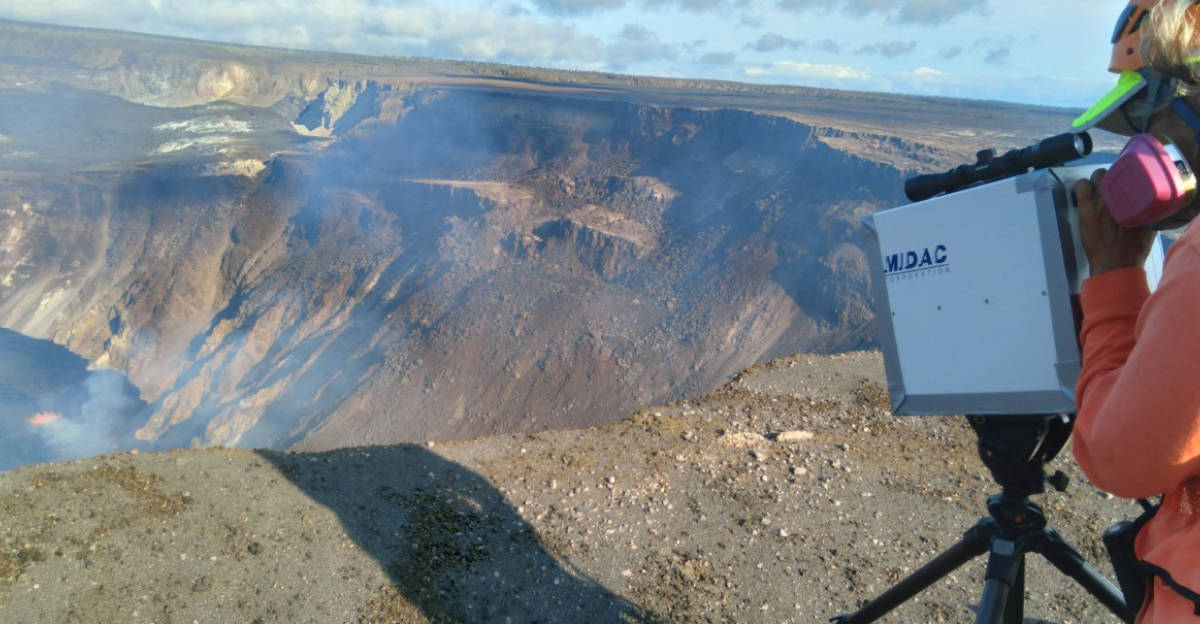
When a volcano nears eruption, earthquake swarms are often the earliest clue. The U.S. Geological Survey looks for rising quake frequency, shallower depths, and a shift from tectonic to volcanic signatures. These tremors occur as magma fractures crustal rock, creating seismic activity. In Double Glacier’s case, all indicators point to upward magma movement.
Volcanologist observations suggest this “throat-clearing” phase may precede a more violent event. As one scientist recently stated, “The volcano is effectively clearing its throat through these earthquake swarms, potentially preparing for a more significant event.”
Why These Volcanoes Are So Explosive

Alaska’s volcanoes differ from Hawaii’s slow-moving lava flows. Here, magma is rich in silica—specifically andesite and dacite—making it thick and sticky. This high viscosity traps volcanic gases, causing pressure to build until it violently releases in powerful explosions. The result: towering ash columns, pyroclastic flows, and widespread fallout.
Even small eruptions can be catastrophic due to the intense internal pressure. This explains why minor seismic swarms in Alaska can escalate quickly.
Why Volcano Monitoring Is Harder in Alaska
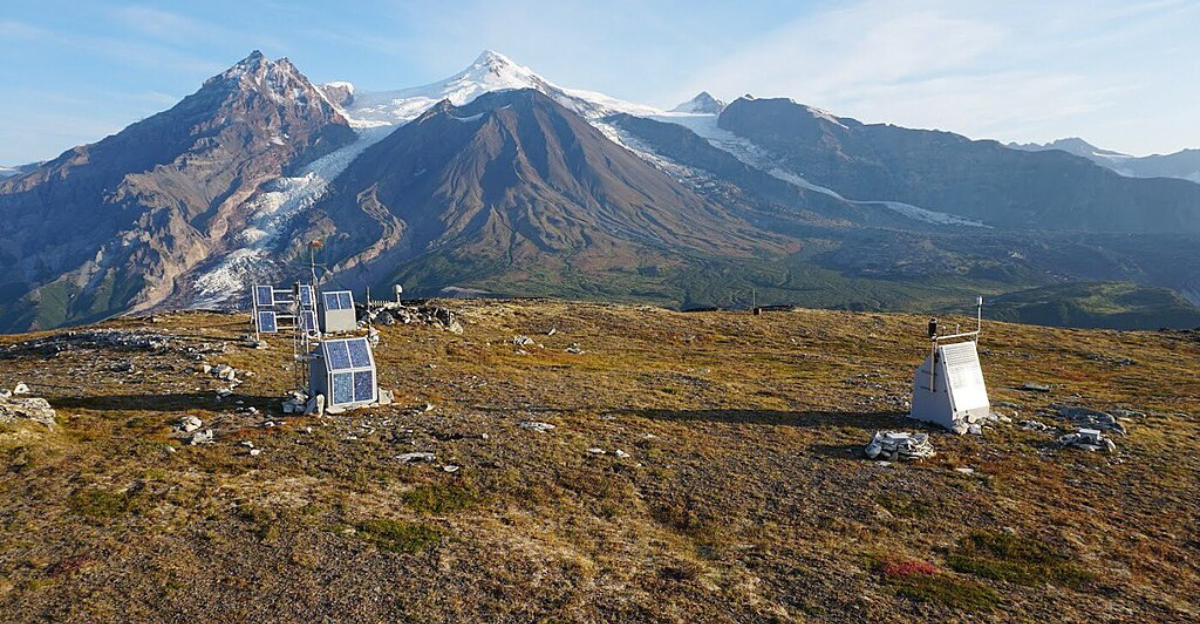
Alaska’s wild terrain makes volcano monitoring a logistical challenge. Remote locations, extreme weather, and limited infrastructure mean many volcanoes, like Double Glacier, lack permanent sensors. Helicopter flights are costly, and satellite data can be obstructed by clouds or snow. Compared to more accessible volcanoes like Mount St. Helens or Kīlauea, Alaskan peaks are data deserts.
The recent unrest has prompted emergency deployment of seismometers and gas sensors, but coverage remains patchy. This data gap makes accurate forecasting difficult. Volcanologists must act quickly to improve surveillance, because without a clear view underground, dangerous eruptions could take communities and aircraft by surprise.
Mount Spurr’s Similar Path Raises Red Flags

Double Glacier isn’t the only Alaskan volcano showing signs of life. Mount Spurr, part of the same chain, is under a YELLOW/ADVISORY alert. In February 2025, it experienced over 100 shallow earthquakes in one night. Experts warned of a “50/50 chance” of eruption.
According to Alaska Volcano Observatory lead Matt Haney, “While we expect additional changes to monitoring data prior to an eruption, it is also possible that an eruption could occur with little or no additional warning.” The close parallels between Spurr and Double Glacier have raised alarm. Could Double Glacier follow Spurr’s recent seismic path into eruption?
Learning from the 1992 Eruption

Mount Spurr’s 1992 eruption is a playbook for what could happen. That event blanketed Anchorage in and disrupted flights across the Pacific. Volcanic ash entered water supplies, coating towns in toxic, fluoride-laced dust. The eruption released over 40 million cubic meters of ash—enough to paralyze modern aviation and logistics.
If Double Glacier follows suit, many trans-Pacific flights could face cancellation or rerouting. Scientists are using data from 1992 to model fallout patterns, evacuation zones, and air traffic responses. It’s a vivid reminder that even distant volcanoes can have global reach.
What an Eruption Could Look Like

Volcanologists outline several eruption possibilities for Double Glacier. A phreatic, or steam-driven, blast is the most likely, triggered when underground water flashes into steam. However, a magmatic eruption—where lava emerges—could be far more hazardous, particularly near populated areas. Volcanic gases, pressure buildup, and surface fractures increase this risk.
The most severe scenario involves an explosive eruption ejecting ash 20 kilometers high. Though unpredictable, recent patterns suggest Double Glacier may follow a path similar to historic eruptions in the region, making it vital to monitor each seismic clue. What happens next depends on whether magma breaches the surface—or stalls below it.
What Happens If the Glacier Melts?
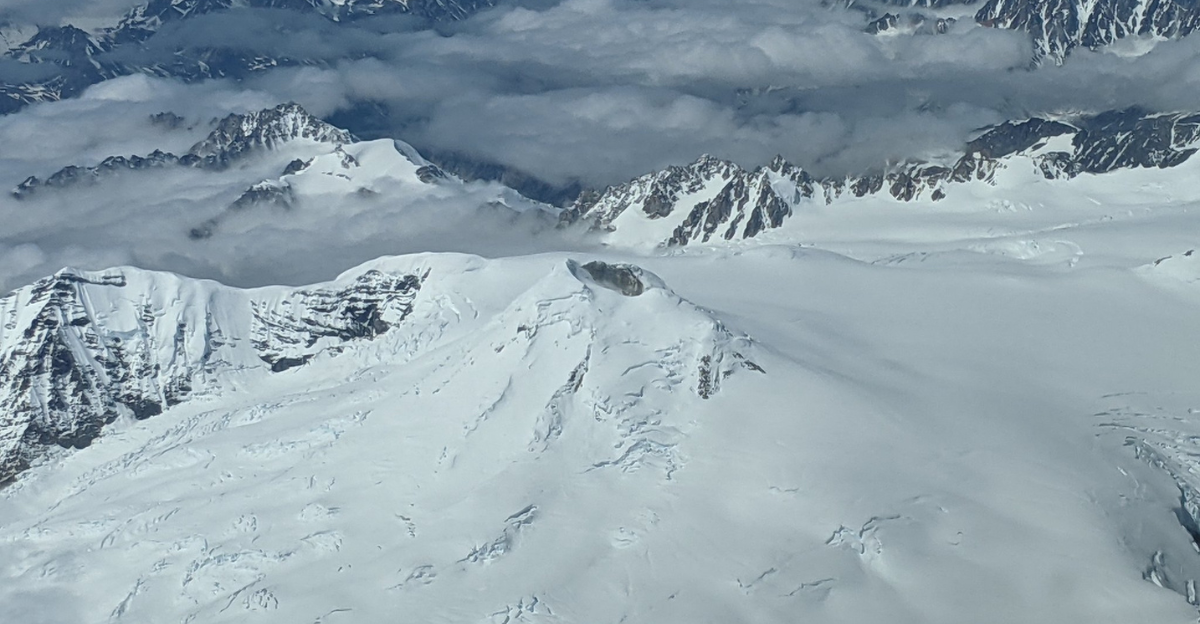
When magma meets glacial ice, things can get catastrophic. The intense heat instantly melts ice, generating steam and triggering powerful explosions. This steam expansion can blow apart rock, hurling ash and debris skyward. Even more dangerous, the meltwater can form lahars—fast-moving rivers of volcanic mud and debris.
These can race down valleys at highway speeds, wiping out infrastructure in their path. With Double Glacier completely encased in ice, scientists fear that even a moderate eruption could escalate into a large-scale event if meltwater mixes with hot lava. It’s this explosive interaction that makes glacial volcanoes especially dangerous.
The Forgotten Giant: Why Double Glacier Was Overlooked

For decades, Double Glacier was barely more than a footnote in Alaska’s volcano records. Its remote location, lack of historical eruptions, and ice-shrouded summit made it easy to ignore. With no recent activity, it wasn’t classified as “active” by the U.S. Geological Survey. But new data has forced a rethink.
The recent quake swarms and geophysical changes prove that even long-dormant volcanoes can roar back to life. This case highlights the challenges of monitoring lesser-known peaks in Alaska’s vast wilderness. Scientists now admit Double Glacier may have been underestimated—and that other “quiet” volcanoes could pose similar hidden threats.
What Locals Should Know About Ashfall
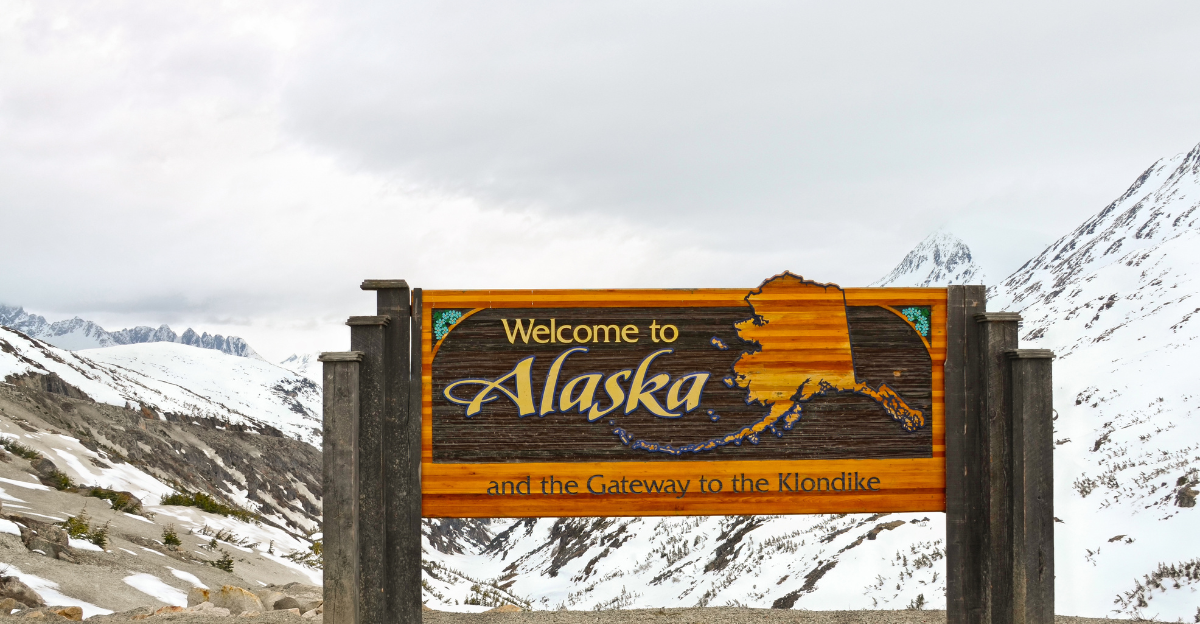
Should Double Glacier erupt significantly, the impact could ripple across southern Alaska. Just 99 miles from Anchorage, ash fallout might contaminate water supplies and halt air travel. Jet engines are especially vulnerable to volcanic ash, raising concerns for trans-Pacific flights over the region.
“The flights to Japan, Korea, and elsewhere in Asia go right over those volcanoes, that’s why they’re so closely monitored,” says UC Berkeley volcanologist Michael Manga. Power lines, oil and gas pipelines, and highways near Cook Inlet also face risks. In a worst-case scenario, economic losses from transportation and energy disruptions could top $50 million daily.
Could One Volcano Trigger Another?
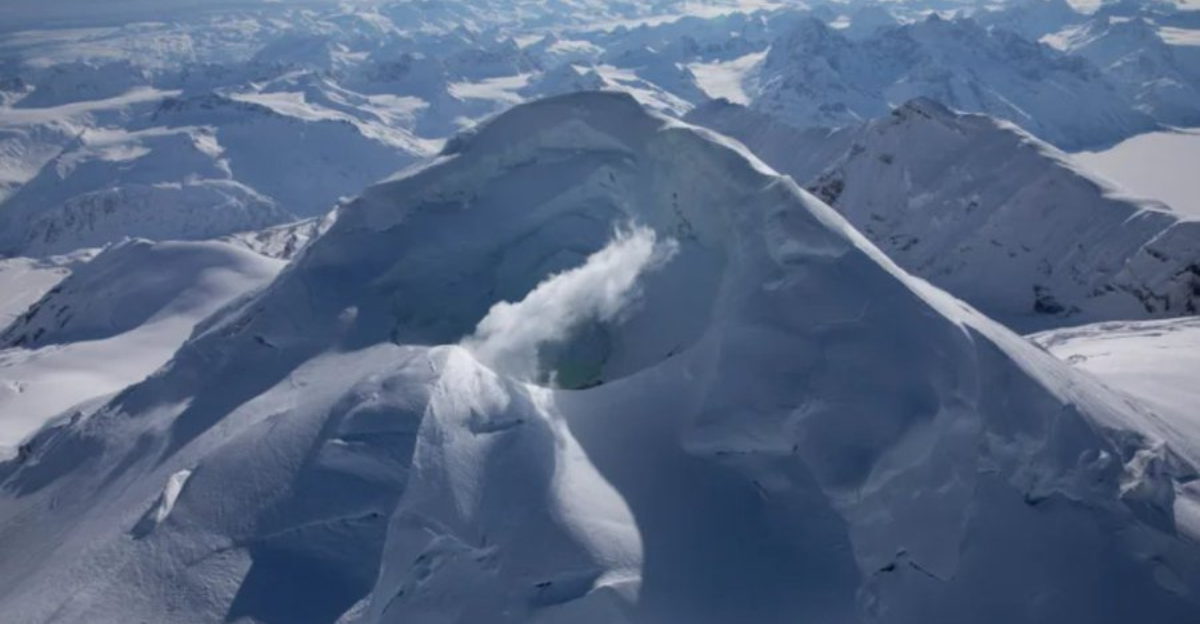
Volcanologists are exploring whether unrest in one volcano can influence its neighbors. Double Glacier and Mount Spurr share a tectonic foundation within Alaska’s volcanic arc, and recent activity in both has raised questions. While direct triggering is rare, magma movement can redistribute underground stress, potentially accelerating changes in nearby systems.
Some models suggest that seismic waves or pressure changes could prime dormant volcanoes. Though still debated, this concept of “volcanic domino effects” is gaining traction. For Alaska, where multiple volcanoes lie close together, understanding these links could be crucial in predicting future eruptions—and preparing before warning signs escalate.
How the Aviation Industry Prepares for Volcanic Eruptions
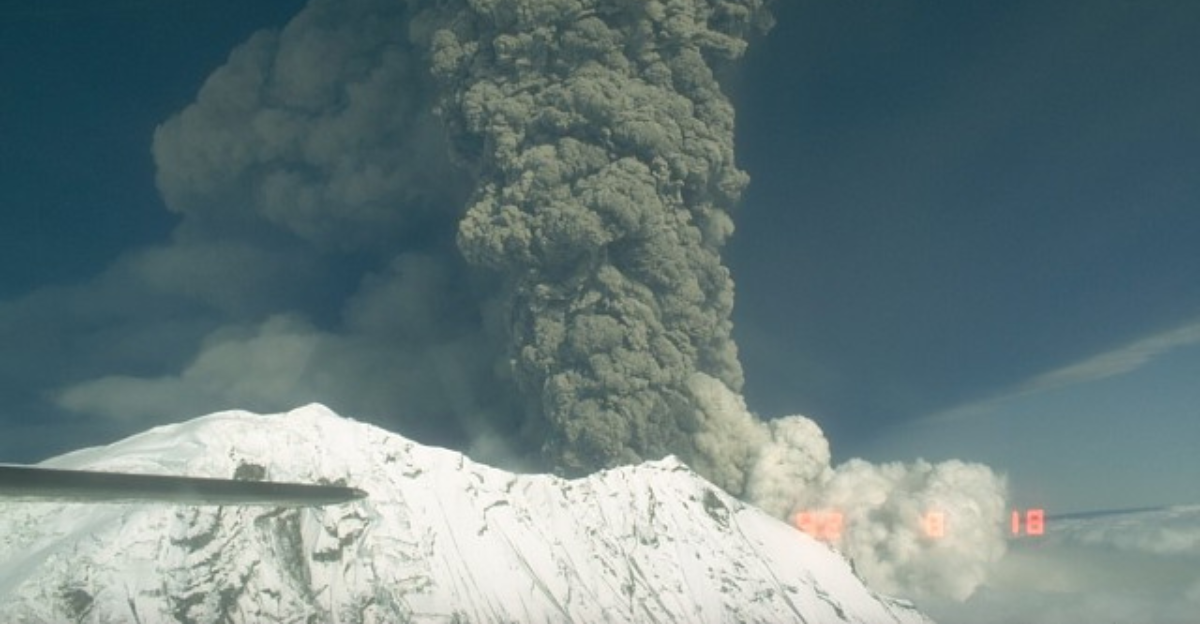
Volcanic ash and jet engines are a dangerous mix. The fine particles can melt inside turbines, clog sensors, and stall engines mid-flight. That’s why eruptions near flight paths—like those over Alaska—are taken so seriously. Airlines and the FAA use satellite data and pilot reports to reroute aircraft and avoid danger zones.
A new eruption could disrupt trans-Pacific routes to Asia. NOTAMs (Notices to Airmen) are issued immediately when volcanoes show signs of unrest. With Double Glacier now active, aviation authorities remain on high alert.
Unrest Across America’s Volcano Belt
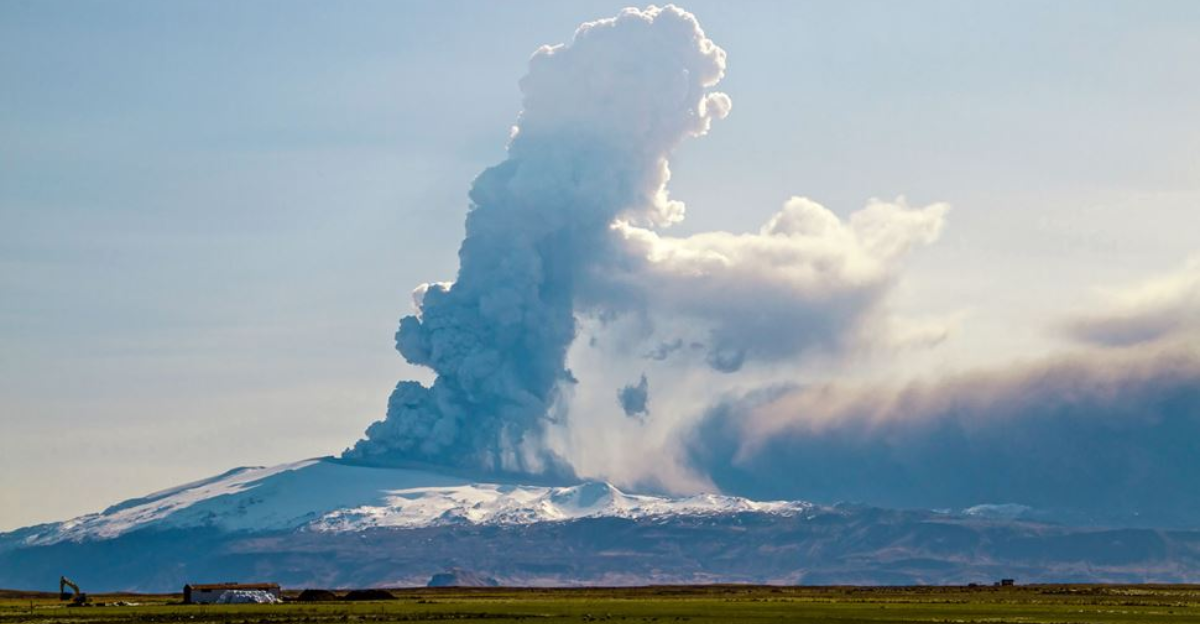
Double Glacier’s activity is part of a broader national trend. Yellowstone recently experienced 11 earthquakes in just three days north of West Yellowstone. In Washington, Mount Adams recorded small but unusual quakes last fall, leading to increased monitoring. The Cascade volcanoes—including Mount Rainier and Mount Hood—remain active and closely watched.
While these quakes are mostly background-level, their timing with Double Glacier’s awakening raises eyebrows. Scientists suggest this pattern could signal a larger geologic phase shift. Volcanic systems may be entering a new period of instability, with North America’s volcanic belt exhibiting more signs of subterranean unrest than seen in years.
Why These Volcanoes Are So Explosive

Alaska’s volcanoes erupt differently from those in places like Hawaii. Instead of smooth, flowing lava, they contain andesite and dacite—thicker, more viscous magmas rich in gas. This trapped gas creates immense pressure as it rises, building up until it explodes. These eruptions can launch ash, rock, and gas high into the atmosphere with little warning.
It’s why even modest eruptions in this region can ground planes and threaten nearby towns. Scientists track the magma’s gas content and viscosity to predict whether an eruption will ooze out gradually or detonate with force. In Alaska, “small” volcanoes can unleash massive consequences.
Advanced Tools Watch the Volcano’s Every Move

Despite lacking an official alert level until recently, Double Glacier is now under intense surveillance. Seismometers record earthquake location and depth in real time. Satellite thermal imaging detects surface heat that might indicate rising magma. GPS and radar track subtle ground deformation, measuring inflation as magma accumulates.
Scientists also analyze gas emissions for sulfur dioxide and carbon dioxide, signs of magmatic activity. Infrasound detectors capture low-frequency sound waves from within the earth. This multi-layered monitoring system gives volcanologists a dynamic, comprehensive picture of the volcano’s inner workings—data essential for accurate eruption forecasts and timely warnings to communities at risk.
What Scientists Still Don’t Know

Despite advanced tools, volcanoes still hold mysteries. Scientists can track seismic shifts, gas output, and surface deformation—but predicting the exact moment of eruption remains elusive. Magma can stall underground for days or surge upward in hours. Not every swarm leads to an eruption, and sometimes, eruptions occur without much warning.
Double Glacier’s long dormancy complicates modeling—there’s no recent eruptive behavior to guide predictions. Scientists are filling in gaps with comparisons to Mount Spurr and using AI-driven simulations to forecast possible outcomes. But at the end of the day, nature doesn’t always follow the script—especially when dealing with ice-cloaked giants.
Could This Be the Calm Before the Eruption?
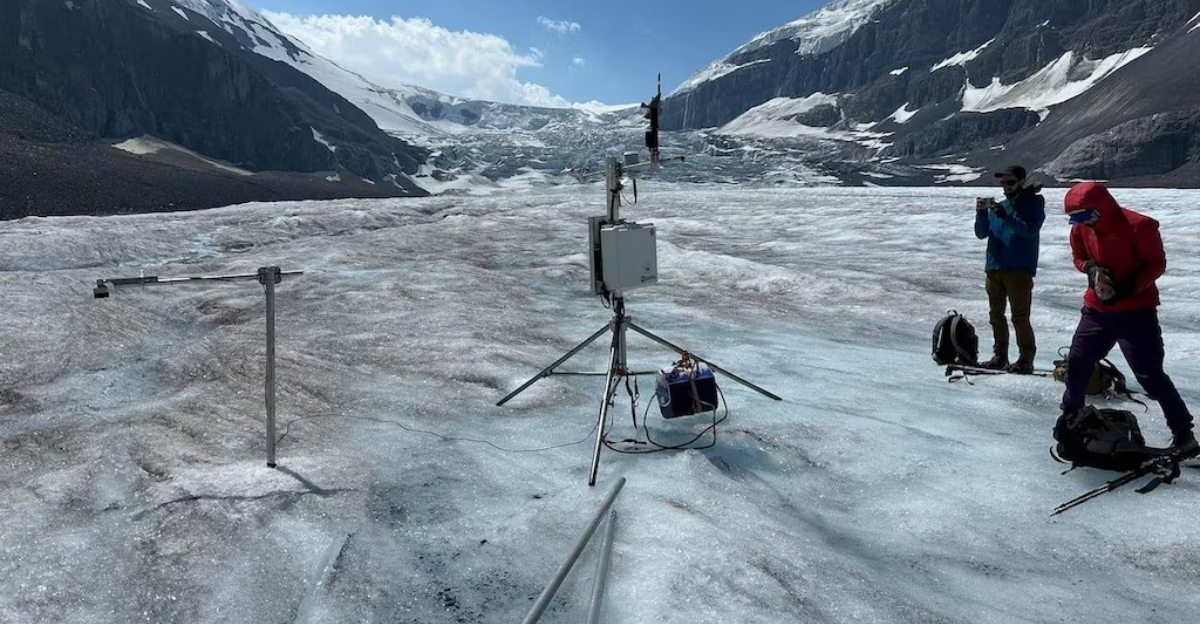
As scientists monitor every tremor and gas puff from Double Glacier, one question looms: is the volcano building toward a major eruption—or settling down? The truth is, no one knows for sure. Some swarms fizzle out; others end in explosive bursts. Volcanology has advanced, but nature remains unpredictable.
The next 72 hours are crucial, but even beyond that, the risk doesn’t disappear. With both Double Glacier and Mount Spurr showing signs of life, Alaska sits on edge. Whether days, weeks, or months from now, the next big eruption may already be in motion—deep underground, waiting for the perfect moment.
Explore more of our trending stories and hit Follow to keep them coming to your feed!

Don’t miss out on more stories like this! Hit the Follow button at the top of this article to stay updated with the latest news. Share your thoughts in the comments—we’d love to hear from you!







